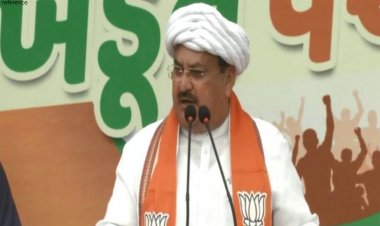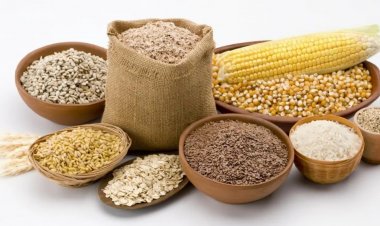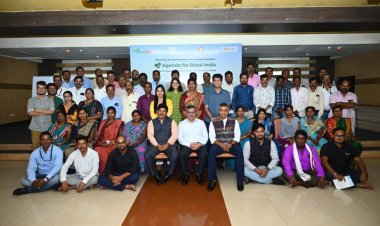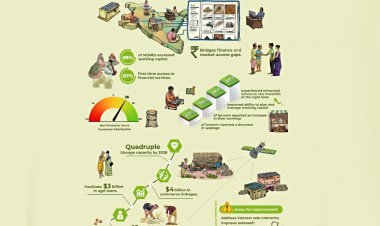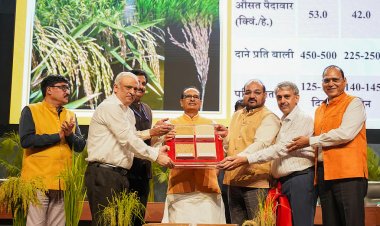Release of GM mustard: A progressive decision
This decision to remove the long-existing unscientific ban on GM crops reflects the determination of the government to move towards Atmanirbhar Bharat. It also meets the long-awaited aspirations of our scientific community and the farmers to derive the benefits of innovative technologies such as this.

The recent clearance of the government to release GM mustard hybrid DMH-11, based on the recommendations of the Genetic Engineering Appraisal Committee (GEAC) under the Ministry of Environment, Forests and Climate Change (MoEF&CC), is indeed a major bold decision in the best interest of our farmers and the nation. This decision to remove the long-existing unscientific ban on GM crops reflects the determination of the government to move towards Atmanirbhar Bharat. It also meets the long-awaited aspirations of our scientific community and the farmers to derive the benefits of innovative technologies such as this.
The fear and the reservations expressed in some quarters are scientifically unfounded. In fact, such objections are not new. Fears were also expressed when we imported dwarf miracle seeds of wheat and rice to achieve food self-sufficiency through the Green Revolution in the late Sixties. I had faced the same concerns while heading ICAR when Bt cotton was being released.
The results of innovation are all globally well-known. We are today not only self-reliant but a major exporter. Science-led revolutions have given our nation much-needed self-respect and global recognition. We are today a major exporter of agricultural produce, including cereals and cotton, fetching more than US$ 50bn annually. All this could be possible due to the right policy decisions of the government, the establishment of top-class institutions, the building of capable human resources, including progressive farmers, and the strengthening of global partnerships.
To meet our current challenges such as over-exploitation of natural resources (soil, water, biodiversity), declining factor productivity, an urgency to achieve sustainable development goals, especially no poverty and zero hunger, and addressing the adverse effects of climate change timely, a greater reliance on scientific innovations and their scaling seems to be the best option. Hence the adoption of GM food crops should be seen in our broader national interest. Genetically modified (GM) maize, soybean, cotton, tomato and canola are the major crops that are grown across the world and the area currently under GM crops is about 200mn hectares (ha). Besides India, these are being grown for many years now in the US, Brazil, Argentina, Canada, Australia, Philippines, Pakistan, Bangladesh and China.
Regarding Brassica, more than 10mn ha (around 24 per cent of the total) is under 35 GM events for commercial cultivation in the US, Argentina, Brazil, Canada, and Australia. To meet the existing deficit of edible oils (about 55-60 per cent), India is currently importing around 13mn tonnes (mt) of edible oil costing the exchequer Rs 1.17 lakh crore. Interestingly, of this 2-2.5 mt soybean oil and 1-1.5 mt canola oil is already GM. Hence, we are consuming GM oil even otherwise besides 1.5 mt of GM cotton oil produced domestically. Moreover, it is scientifically proven that the consumption of refined oil does not allow any protein to enter the human system. Thus, the consumption of GM oil is fully safe from a health point of view.
A major concern of our farmers is that the yields of mustard are low. They have been stagnating for long around 1260 kg/ha, much lower than the global average of 2000 kg/ha. The yields of canola in Canada, China and Australia are almost three times higher than those in India since these countries use GM hybrid technology.
For long, mustard has been an important oilseed crop in our country. It is grown in 6-7mn ha of area, mostly in Rajasthan, Haryana, Punjab and Madhya Pradesh. Thus, the decision of the government to allow the production of GM mustard hybrids would go a long way to increase our yields, while reducing the use of pesticides. Therefore, the Department of Agriculture (DoA) and ICAR need to move forward fast and provide an enabling environment to test in the current Rabi season the available seed of hybrid DMH-11 on several farmers’ fields in the mustard belt and encourage public-private partnership (PPP) to produce quality seed to cover more area next year. Also, the scientists in ICAR Institutes and SAUs should be encouraged to develop new GM mustard hybrids in a Mission Mode. Also, it would be a progressive step to allow the production of GM soybean and GM maize to increase both the productivity and profitability of these crops and to double the farmers’ income – a goal envisioned by our Prime Minister.
It is interesting that Australia has also recently released herbicide-tolerant (HT) GM Indian mustard, using similar technology, even though they do not grow Indian mustard. Obviously, they aim to meet the growing demand for mustard oil in south Asian countries.
(RS Paroda is the former Director-General, ICAR and Secretary, DARE and former President, Indian Science Congress.)



 Join the RuralVoice whatsapp group
Join the RuralVoice whatsapp group
































